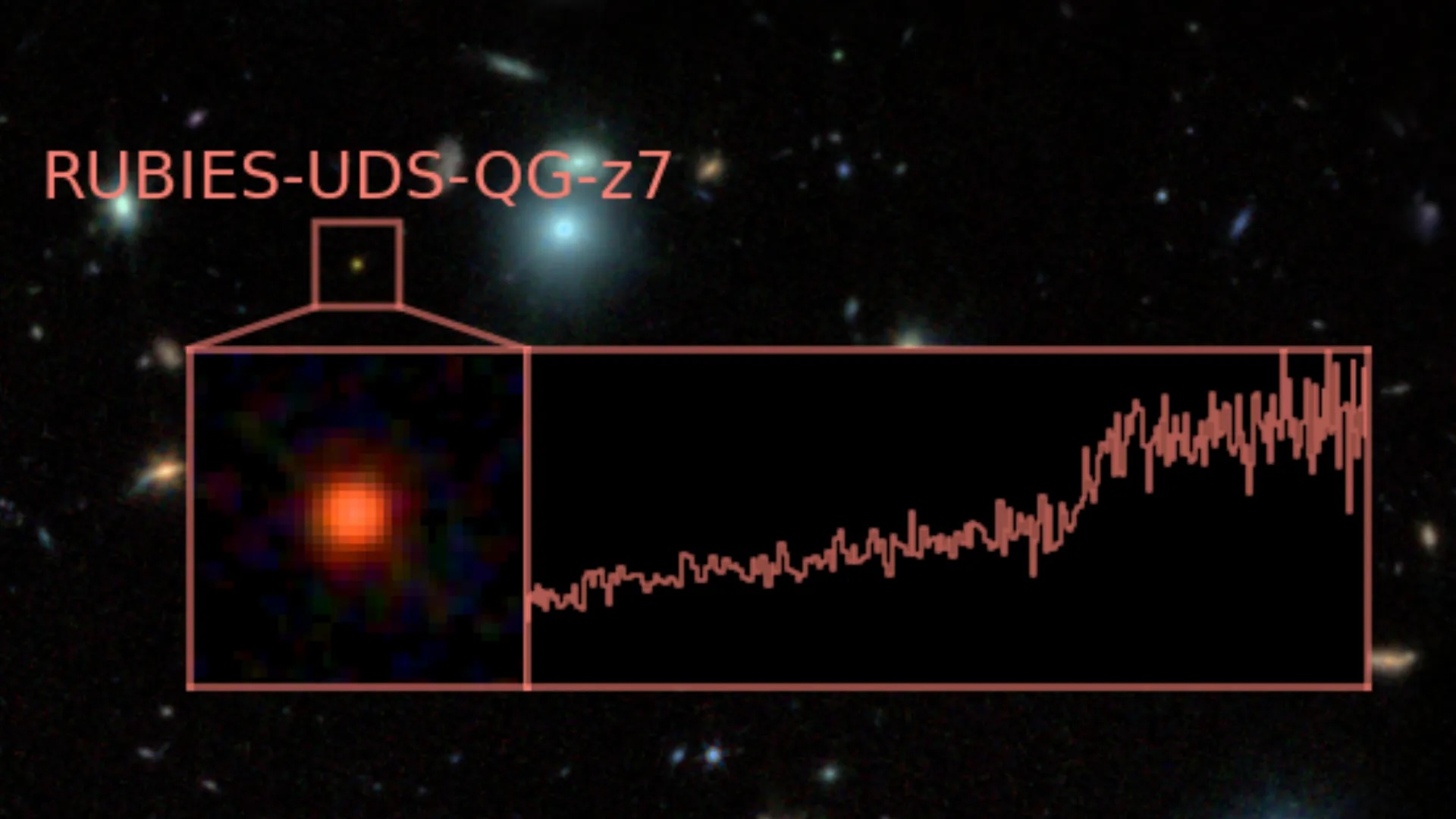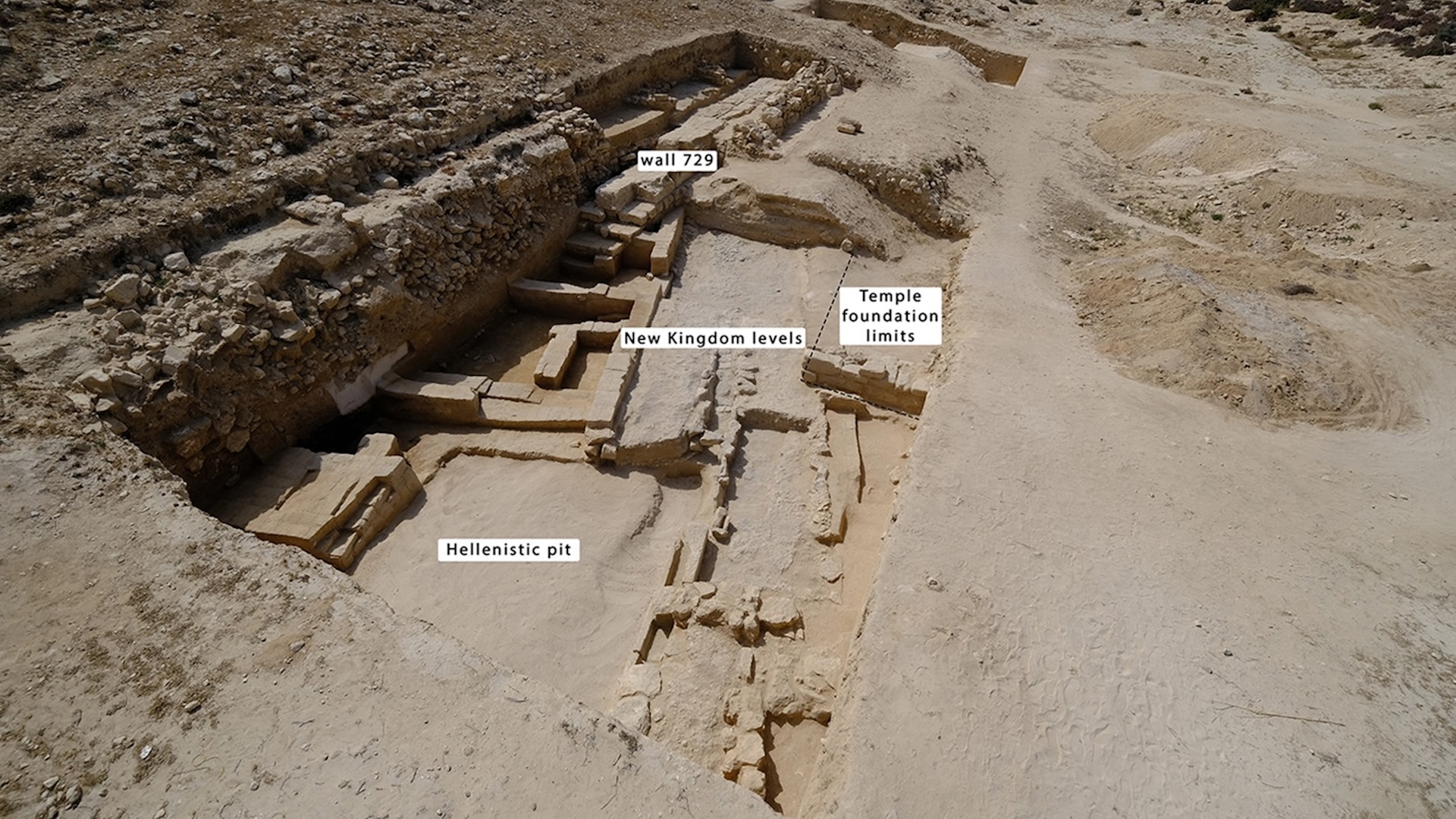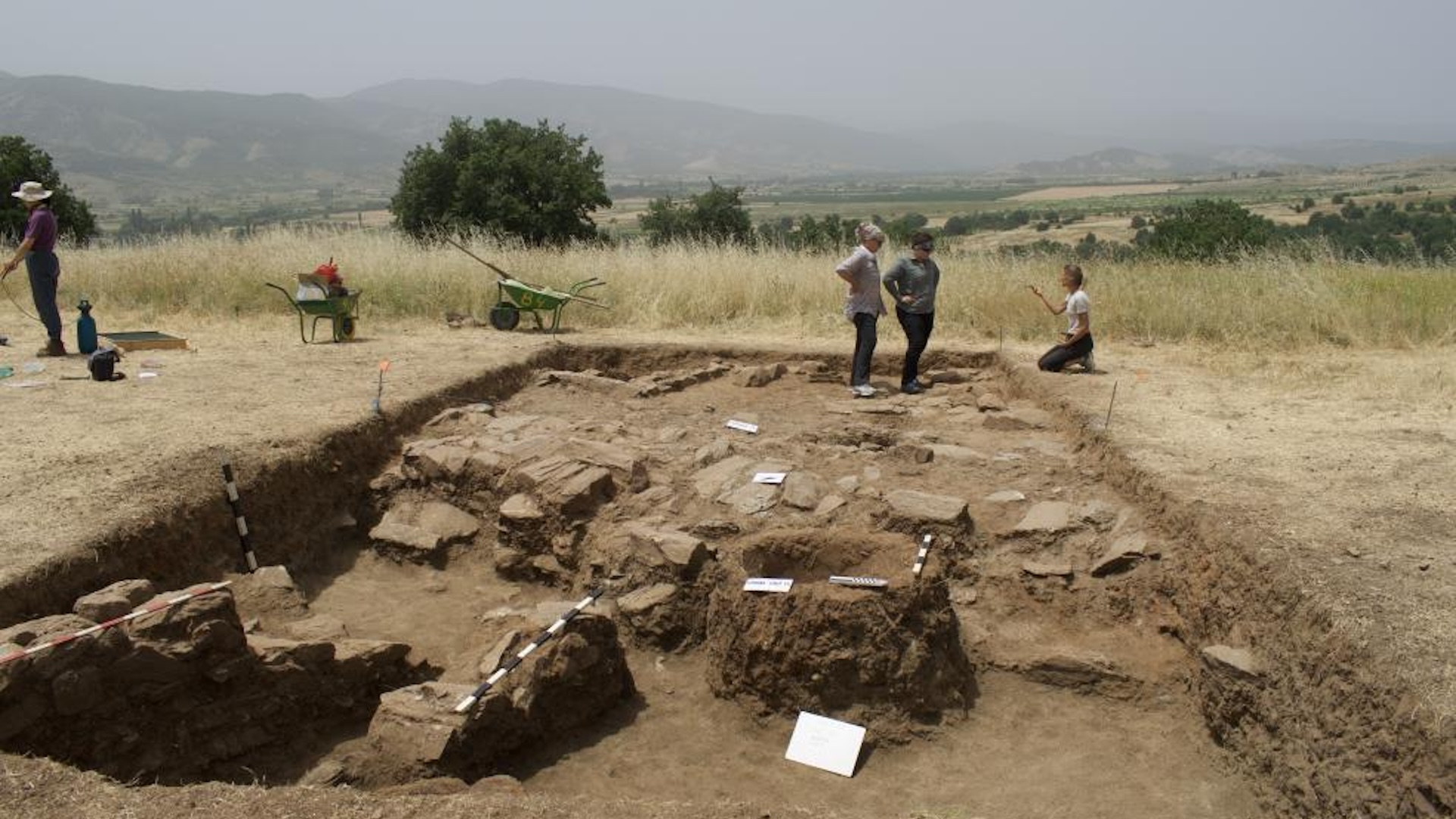Oldest-known North American woolly mammoth revealed in 'long-lost' ancient DNA
Scientists have unveiled the oldest woolly mammoth specimen ever discovered in North America as part of a major DNA study spanning a million years of mammoth evolution.
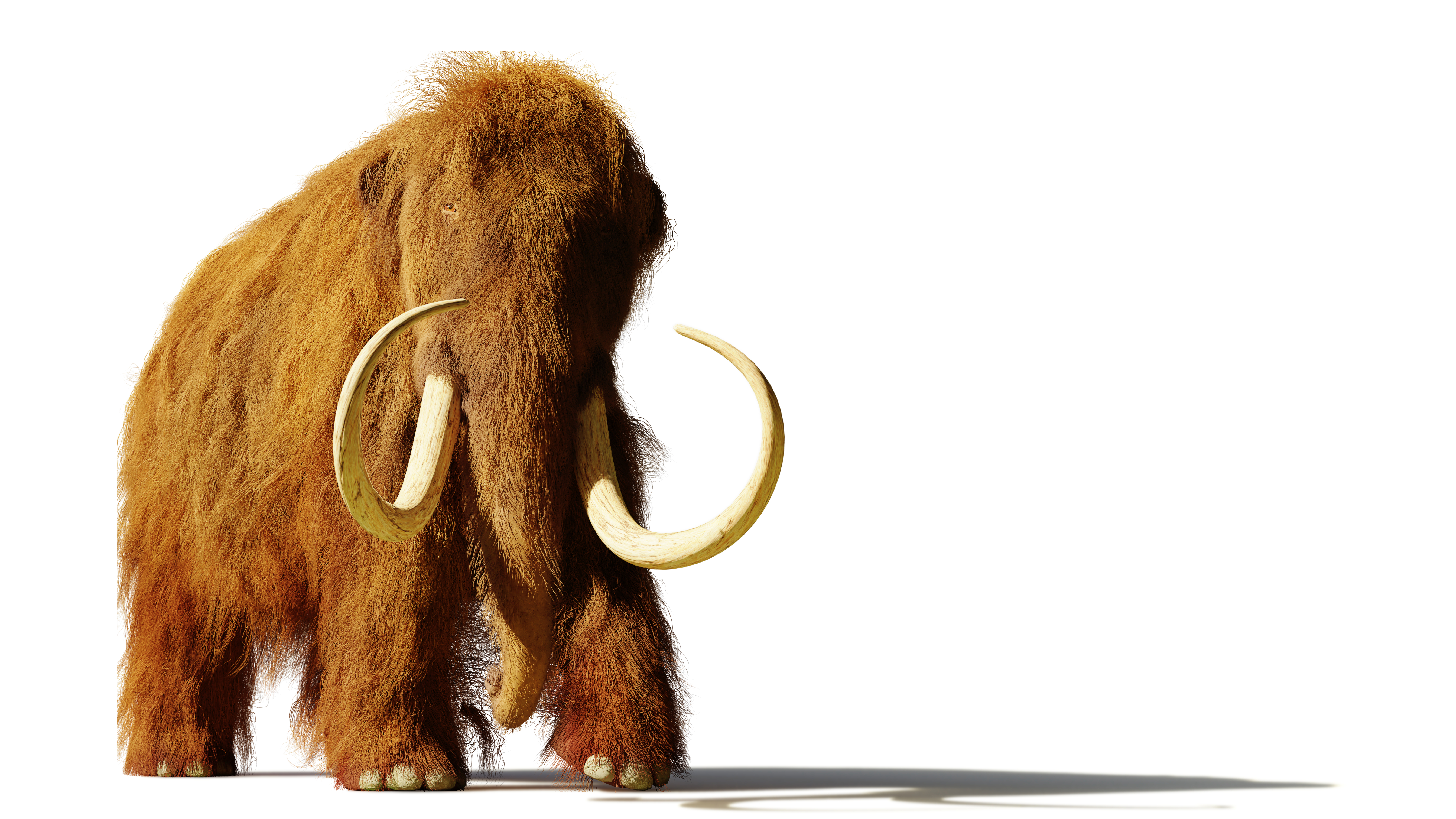
Researchers have discovered the oldest-known wooly mammoth fossil in North America and uncovered its genetic secrets, according to a new study.
The 216,000-year-old tooth, found along the Old Crow River in the Yukon territory in Canada, confirms that wooly mammoths (Mammuthus primigenius) arrived in North America at least 100,000 years earlier than scientists initially thought.
Study lead author Camilo Chacón-Duque, a researcher at the Centre for Palaeogenetics at Stockholm University in Sweden, told Live Science in an email that the find was unusual because most North American mammoth specimens of this age likely belong to other species that existed before wooly mammoths.
"To our knowledge, the Old Crow mammoth is the oldest North American mammoth fossil that can be morphologically identified with confidence as a woolly mammoth," Chacón-Duque said.
The researchers extracted DNA from the Old Crow mammoth as part of an extensive study of mammoth genetics. In the study, the researchers revealed "long-lost" genetic diversity from different mammoth lineages across more than a million years of their evolutionary history, according to a statement from Stockholm University.
The Old Crow mammoth's DNA was in the oldest group of samples in the analysis, described as "deep-time DNA," but it wasn't the oldest. The oldest DNA, from Russia, was around 1.3 million years old. The researchers published their findings online April 9 in the journal Molecular Biology and Evolution.
Related: 130,000-year-old mammoth calf smells like 'fermented earth and flesh,' necropsy reveals
Sign up for the Live Science daily newsletter now
Get the world’s most fascinating discoveries delivered straight to your inbox.
The ancestors of mammoths evolved in tropical Africa and were closely related to living elephants. These ancestors then began moving into the Northern Hemisphere around 3 million years ago, slowly adapting to life in the cold as they spread and diversified.
To learn more about mammoth evolution, the researchers analyzed 34 newfound DNA samples alongside data from more than 200 samples published in previous studies. Chacón-Duque noted that the new samples came from across the Northern Hemisphere, mainly Siberia and North America.
Dating mammoth DNA
The team extracted and analyzed mitochondrial genomes, or mitogenomes, which represent the fraction of the genome located in a cell's mitochondria and are passed on from mother to offspring. The team then dated the samples using a combination of radiocarbon dating and molecular clock dating, which estimates the age of DNA based on gene mutations and the rate at which they occur in DNA over time.
Most of the samples were less than 50,000 years old, which is the limit for radiocarbon dating. For the older samples, the researchers developed a refined version of molecular clock dating to improve its accuracy. Chacón-Duque noted that they tried different setups and parameters for their experiments and found that molecularly dating a single sample at a time was more accurate than trying to date several samples, as has been done in some previous studies.
"We built upon previous methodologies and carefully fine-tuned these to get more reliable age estimates," Chacón-Duque said.
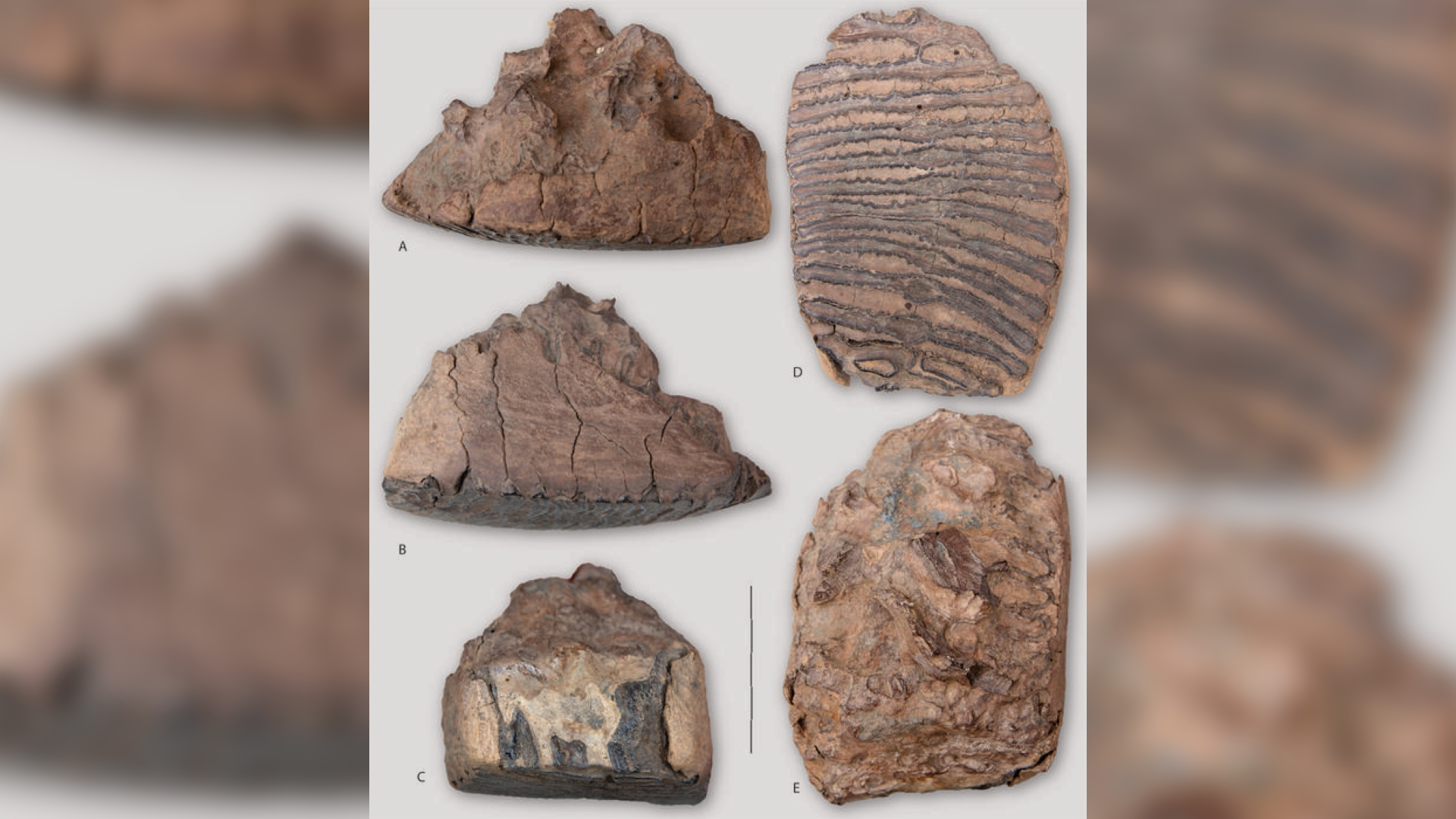
The team used the younger samples that could be confidently radiocarbon dated and the ages of rocks where the fossils were found (if available) as a reference while honing their approach. Chacón-Duque said that dating the Old Crow mammoth sample was a "eureka moment" for him as the DNA-based age estimate coincided perfectly with data from rock formations and other evidence.
"It was a very exciting moment for me, since I worked for months trying to refine the DNA-based dating approach for samples beyond the radiocarbon limit," Chacón-Duque said.
When did mammoths arrive in North America?
The first mammoths arrived in North America long before the Old Crow mammoth. The earliest were Columbian mammoths (Mammuthus columbi), which descended from mammoths in Eurasia. These mammoths crossed a stretch of land that once connected what is now eastern Russia to North America around 1.5 million years ago.
Columbian mammoths could grow up to around 13 feet (4 meters) tall at the shoulder, according to the National Park Service. Woolly mammoths had a shoulder height of around 11 feet (3.4 m), so Columbian mammoths were typically the taller of the two species. However, researchers still have a lot to learn about Columbian mammoths and woolly mammoths, as well as the relationship between the two in North America.
Woolly mammoths first evolved in eastern Siberia around 700,000 years ago and later spread to North America. Chacón-Duque noted that a popular theory was that woolly mammoths crossed between Siberia and Alaska between 120,000 and 10,000 years ago, but researchers have since found older evidence of their arrival.
"Other studies using genetic inferences or modelling have suggested the presence of mammoths as far back as 400,000 years, but Old Crow confirms with a physical specimen that mammoths indeed had a longer presence in the American continent than initially expected, at least >200,000 years," Chacón-Duque said.
Overall, the new research supports previous studies that point to major mammoth lineages originating in ancient Siberia, according to the statement. The team also demonstrated how climate influenced mammoth diversity over time.
"We observe that during warm periods mammoth diversity seemed to be pushed back to refugia and then to spread again during cold periods, such as the initial stages of glacial periods (i.e. ice ages)," Chacón-Duque said.
Most mammoths died out by the end of the last ice age as the world became warmer around 10,500 years ago. Isolated island populations of woolly mammoths held on in Alaska and Siberia for a few more millennia, but the last of those went extinct around 4,000 years ago.
Mammoth quiz: Test your knowledge of the ice age beasts

Patrick Pester is the trending news writer at Live Science. His work has appeared on other science websites, such as BBC Science Focus and Scientific American. Patrick retrained as a journalist after spending his early career working in zoos and wildlife conservation. He was awarded the Master's Excellence Scholarship to study at Cardiff University where he completed a master's degree in international journalism. He also has a second master's degree in biodiversity, evolution and conservation in action from Middlesex University London. When he isn't writing news, Patrick investigates the sale of human remains.
You must confirm your public display name before commenting
Please logout and then login again, you will then be prompted to enter your display name.

